What is the First Smartphone In The History
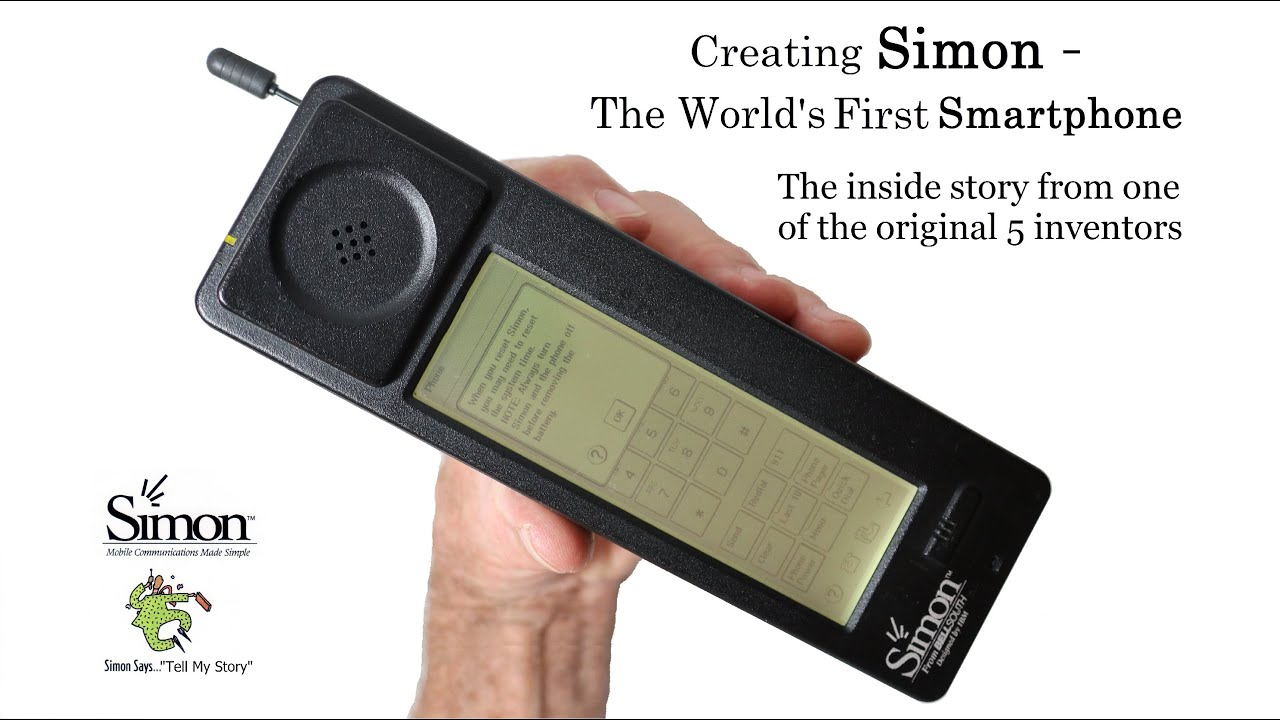 |
| Photo: Youtube |
The first smartphone in the world—IBM Simon Personal Communicator—was announced at the COMDEX computer and technology trade show in Las Vegas, on 23 November, 1992. Although the term smartphone was not coined until 1997, Simon’s features and capabilities (see the Users Manual of Simon) of a handheld, touchscreen cellular phone and PDA in one device can be referred to as smartphone.
The announced in 1992 device with code named Angler, allowed a user to make telephone calls, as well as to work with facsimiles, emails and cellular pages, among other functions. It featured 11 built-in programs, including a calendar, to-do list, calculator, address book, appointment scheduler, world time clock, electronic note pad/sketch pad, handwritten annotations and standard and predictive stylus input screen keyboards.
At a cost of $900, Simon (dimensions: 200 mm, 64 mm, 38 mm; weight 510 g) featured a Vadem 16 MHz, 16-bit, x86-compatible CPU. The memory was 1 MB of ROM (read-only memory) and 1 MB of PSRAM (pseudo-static random-access memory). The connectivity was provided by a 2400-bps Hayes-compatible modem.
Simon used the operating system Datalight ROM-DOS. IBM created a unique touch-screen user interface for Simon’s 114×36 mm, 160x293px monochrome backlit LCD display.
Simon’s included NiCad battery lasted about eight hours in standby mode and about one hour under constant use.
Simon was assembled under contract by Mitsubishi Electric and was distributed by BellSouth Cellular Corp. between August 1994 and February 1995, as some 50000 units were sold. It operated within a 15 state network.
The venerable Simon might seem quite laughable by today’s standards, but it was certainly an impressive device back in early 1990s. Anyone want to make a guess at what the phones of middle 2040s might possibly look like?
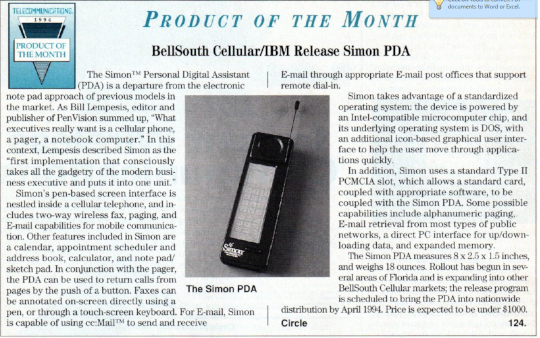 |
| January 1994 issue of Telecommunications, page 116 |
Features
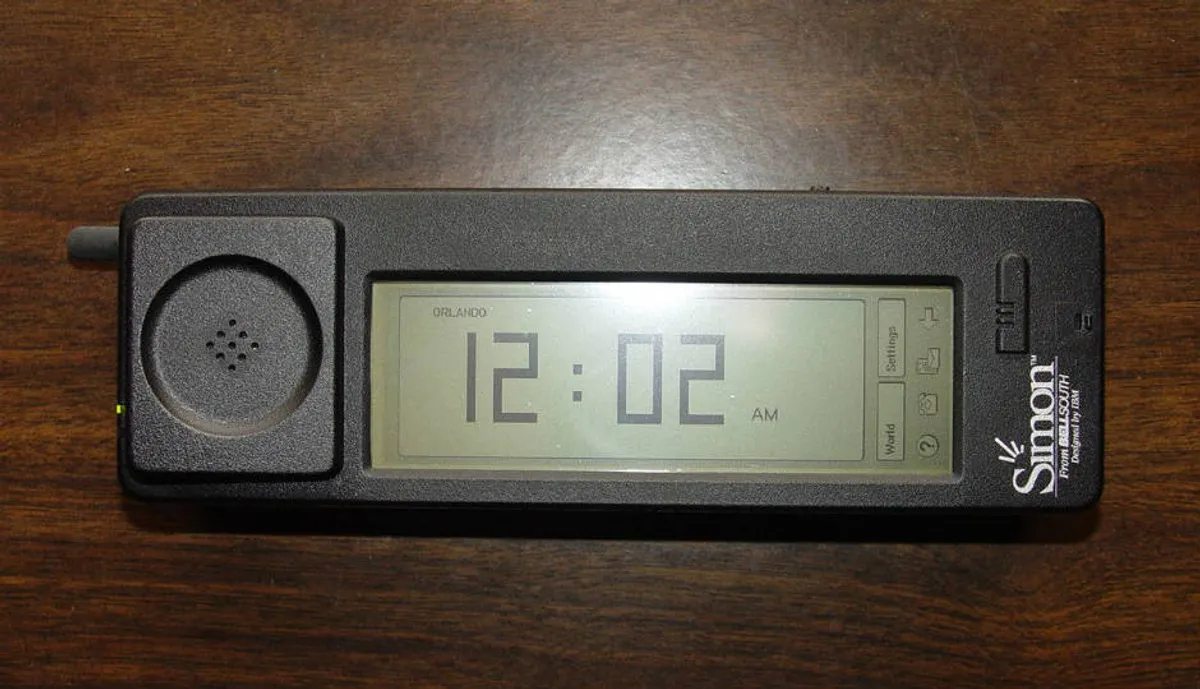 |
| Photo: Digit |
In addition to its ability to make and receive cellular phone calls, Simon was also able to send and receive faxes, e-mails and cellular pages. Simon featured many applications, including an address book, calendar, appointment scheduler, calculator, world time clock, electronic notepad, handwritten annotations, and standard and predictive stylus input screen keyboards.
It features a liquid-crystal display (LCD) and has PC Card support. Its internal hardware includes the Vadem VG230 (CMOS) system-on-a-chip (SoC) from NEC, MOS random-access memory (RAM) chips from Sony and Hitachi, flash memory (floating-gate MOS) chips from Intel and Hitachi, and Cirrus Logic modem chips.
Accessories
Each Simon was shipped with a charging base station, a nickel-cadmium battery, and a protective leather cover. Optional was a PCMCIA pager card designed by Motorola, an RS232 adapter cable for use with PC-Link to access files from a personal computer, and an RJ11 adapter cable to allow voice and data calls to be made over POTS land-lines. The RJ11 adapter helped users reduce expensive cellular phone bills or make calls where cellular coverage didn't exist in 1994.
Operating system and applications
The Simon used the file system from Datalight ROM-DOS along with file compression from Stacker. IBM created a unique touch-screen user interface for Simon; no DOS prompt existed. This user interface software layer for Simon was known as the Navigator.
The Simon could be upgraded to run third party applications either by inserting a PCMCIA card or by downloading an application to the phone's internal memory.
PDA Dimensions developed "DispatchIt", the only aftermarket, third-party application developed for Simon. It was an early predecessor to "Remote Desktop" software. The DispatchIt application costs were US$2,999 for the host PC software and US$299 for each Simon software client.
******READ MORE: Top 10 Best Economical Smartphone Deals for March 2021
9 fun facts about the world’s first smartphone
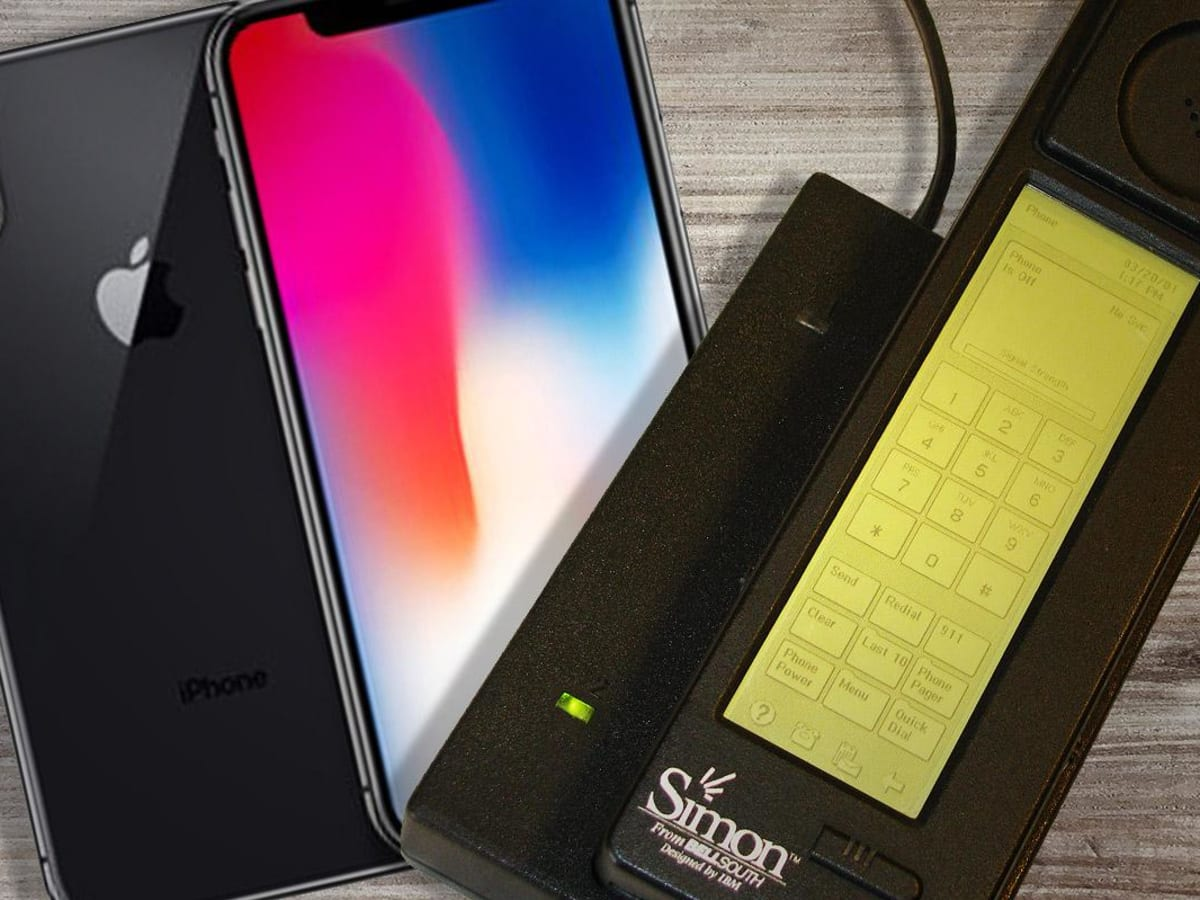 |
| Photo: TheStreet |
Long before the days of the iPhone and Android came Simon, the device that started it all. The world’s first smartphone turned 20 this week, and to commemorate the occasion, TIME Magazine compiled several fun facts on the handset that broke the mold. Simon anticipated our constantly-connected, app-happy lives by cramming the features of a cellphone, pager, fax machine and computer all into an 18-ounce device.
1. IBM and BellSouth first debuted Simon on November 23, 1992 at the COMDEX Convention in Las Vegas, but it wasn’t made available to consumers until August 16, 1994.
2. It was expensive, and rightfully so. The device that set the pace for future smartphones was available only in the United States, and initially set buyers back $899.
3. Alright, so it was a brick. The clunky phone itself measured 8 inches long by 2.5 inches wide by 1.5 inches thick, all while weighing over a pound.
4. Yes, it had a touchscreen. Though touchscreens weren’t exactly non-existent back in the early 1990s, they weren’t super ubiquitous either. The IBM device replaced the usual telephone keyboard by a sensitive touchscreen and integrated PIM applications and data communication features along with a stylus, too. The phone provided an onscreen keyboard or a QWERTY keyboard and an optional memory card.
5. The world’s first all-in-one smartphone allowed users to make and receive telephone calls, faxes, emails and cellular pages, among other functions. Though there may not have been an app store at the time, the phone did come preloaded with apps such as an address book, calculator, calendar, note pad, sketch pad, time and to-do lists.
6. The first autocorrect? Alright, so the feature was called “PredictaKey” at the time. Nevertheless, Simon always showed the six most-likely letters that the user needed, depending on the characters they just typed.
7. Simon even made an appearance in The Net.
8. It could be plugged into a regular wall jack, because let’s face it, cellular service was still spotty and expensive back in the mid-1990s.
9. RIP, Simon. August 1994 – February 1995. The revolutionary handset spent only six months on the market with around 50,000 units sold, primarily to business people.
Not even brand new entries but other phones with strong builds, high-quality cameras, and affordable prices (Under $1,000) are also listed among the list of ... |
 Grand Theft Auto V: Tips to Download for Smartphones and PC Grand Theft Auto V: Tips to Download for Smartphones and PC Rockstar game-developed Grand Theft Auto, known as GTA has been launched some 16 years ago and reported as one of the top-selling gaming franchises. ... |
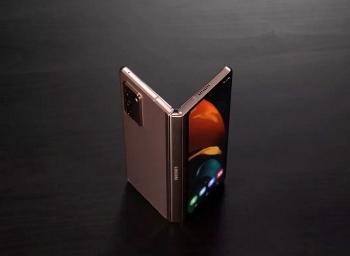 SAMSUNG to release 4 upcoming folding smartphones in 2021 SAMSUNG to release 4 upcoming folding smartphones in 2021 Korean rag ETNew reveals that Samsung has planned to release four folding smartphones coming in 2021 and drop the Note model from its line next ... |
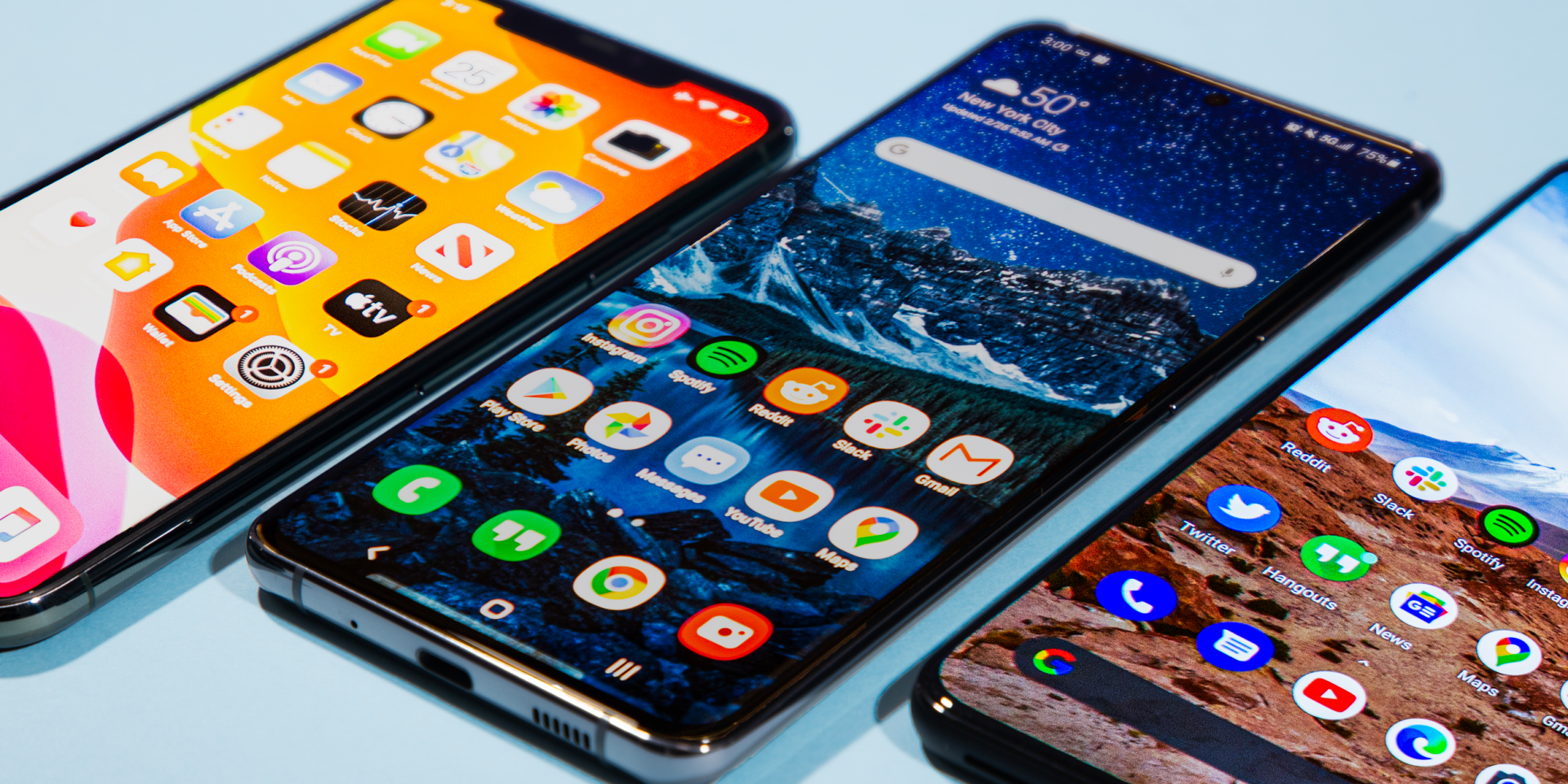 Top 9 biggest smartphone companies in the world Top 9 biggest smartphone companies in the world Today, customers can choose from a wide range of smartphones available in the market. Knowinsider is happy to introduce the top 9 biggest smartphone companies ... |


























